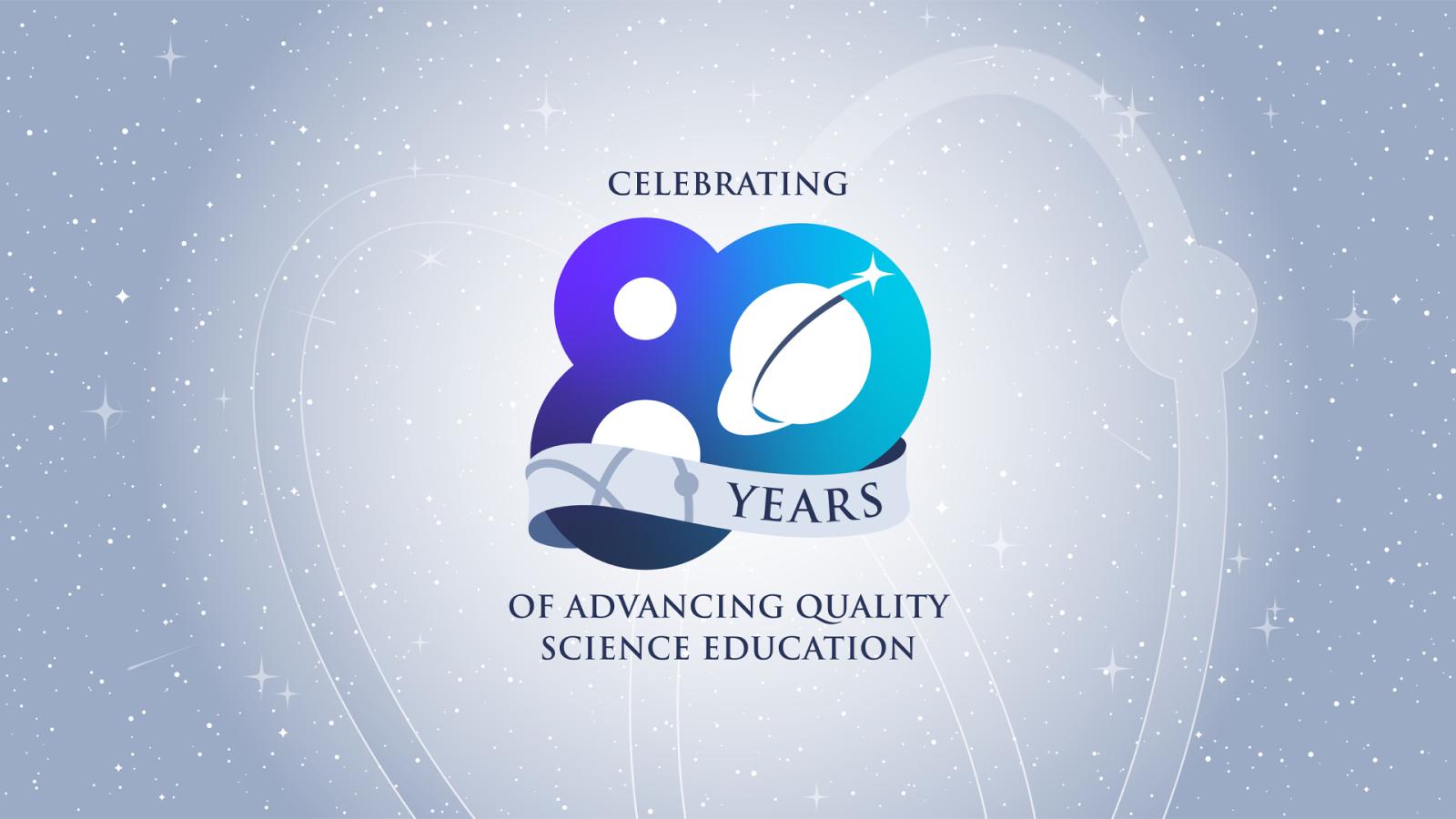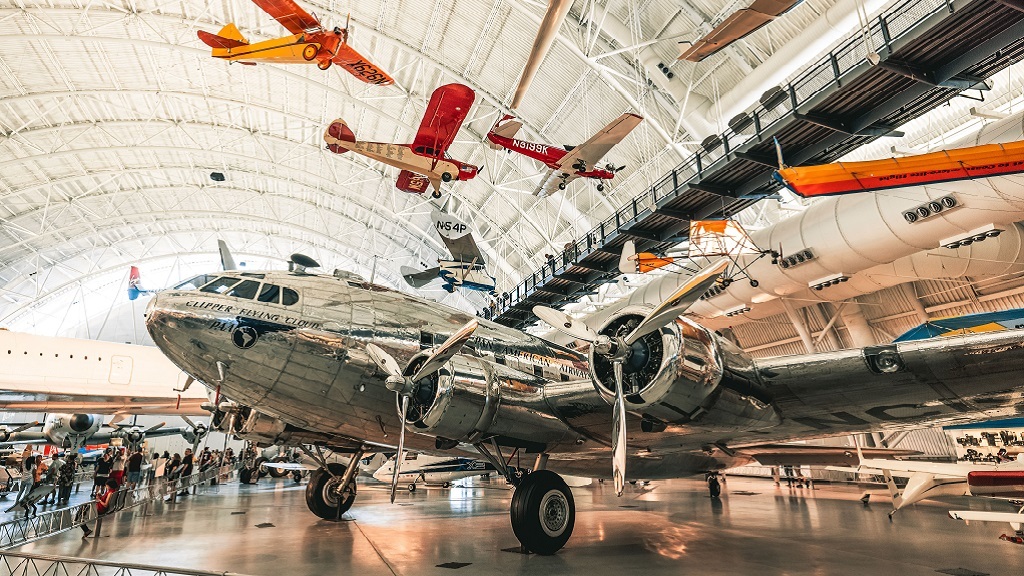Archive: Science Update: The Rocks and Minerals of Climate Change, November 14, 2024
Climate change is one of the most pressing environmental issues of our generation, and generations to come. But what's rock got to do with it? Learn how simple and familiar rocks and minerals play a critical role in responding to, recording, causing, and even solving climate change on our dynamic planet. Learn some new and perhaps surprising ways to connect these seemingly disparate parts of the Earth system together (rocks and climate) that will add new definition, motivation, integration, and fascination in your teaching. Learn yet another way that rocks and m
Climate change is one of the most pressing environmental issues of our generation, and generations to come. But what's rock got to do with it? Learn how simple and familiar rocks and minerals play a critical role in responding to, recording, causing, and even solving climate change on our dynamic planet. Learn some new and perhaps surprising ways to connect these seemingly disparate parts of the Earth system together (rocks and climate) that will add new definition, motivation, integration, and fascination in your teaching. Learn yet another way that rocks and m
Climate change is one of the most pressing environmental issues of our generation, and generations to come. But what's rock got to do with it? Learn how simple and familiar rocks and minerals play a critical role in responding to, recording, causing, and even solving climate change on our dynamic planet. Learn some new and perhaps surprising ways to connect these seemingly disparate parts of the Earth system together (rocks and climate) that will add new definition, motivation, integration, and fascination in your teaching. Learn yet another way that rocks and m
Climate change is one of the most pressing environmental issues of our generation, and generations to come. But what's rock got to do with it? Learn how simple and familiar rocks and minerals play a critical role in responding to, recording, causing, and even solving climate change on our dynamic planet. Learn some new and perhaps surprising ways to connect these seemingly disparate parts of the Earth system together (rocks and climate) that will add new definition, motivation, integration, and fascination in your teaching. Learn yet another way that rocks and m







